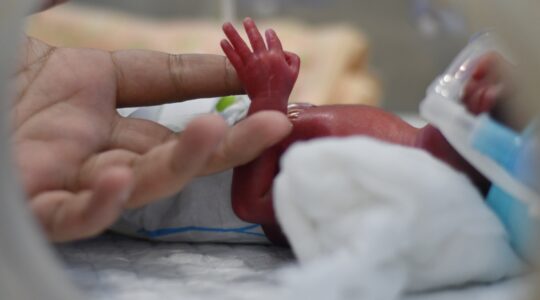Scientists have turned to the bathroom in the hunt for the next solution to treating antibiotic-resistant bacterial infections.
A new study has found that showerheads and toothbrushes are teeming with a diverse collection of viruses, most of which have never been seen before.
However, the researchers at Northwestern University in the United States say these viruses don’t target people, they target bacteria.
Study lead Dr Erica M. Hartmann said the microorganisms collected in the study were bacteriophage, or “phage”, a type of virus that infected and replicated inside of bacteria.
“The number of viruses that we found is absolutely wild,” Dr Hartmann said.
“We found many viruses that we know very little about and many others that we have never seen before.
Dr Hartmann said although researchers know little about them, phage recently had garnered attention for their potential use in treating antibiotic-resistant bacterial infections.
She said the previously unknown viruses lurking in bathrooms could become a treasure trove of materials for exploring those applications.
“This project started as a curiosity,” Dr Hartmann said.
“We wanted to know what microbes are living in our homes. If you think about indoor environments, surfaces like tables and walls are really difficult for microbes to live on. Microbes prefer environments with water. And where is there water? Inside our showerheads and on our toothbrushes.”
She said after characterizing bacteria, the team then used DNA sequencing to examine the viruses living on those same samples.
“Altogether, the samples comprised more than 600 different viruses and no two samples were alike.”
Dr Hartmann said people should not worry about the invisible wildlife living within bathrooms.
“Microbes are everywhere, and the vast majority of them will not make us sick,” she said.
“The more you attack them with disinfectants, the more they are likely to develop resistance or become more difficult to treat. We should all just embrace them.”
Read the full study: Phage communities in household-related biofilms correlate with bacterial hosts








